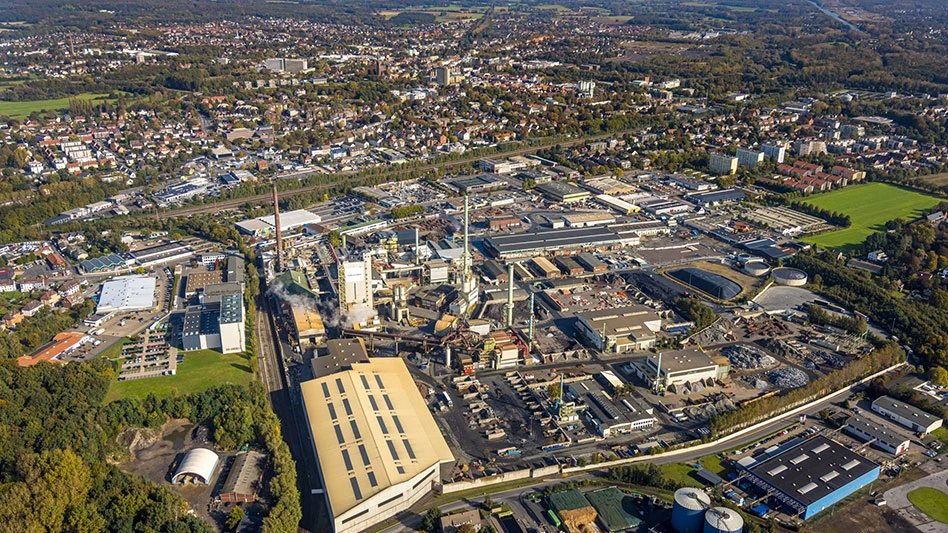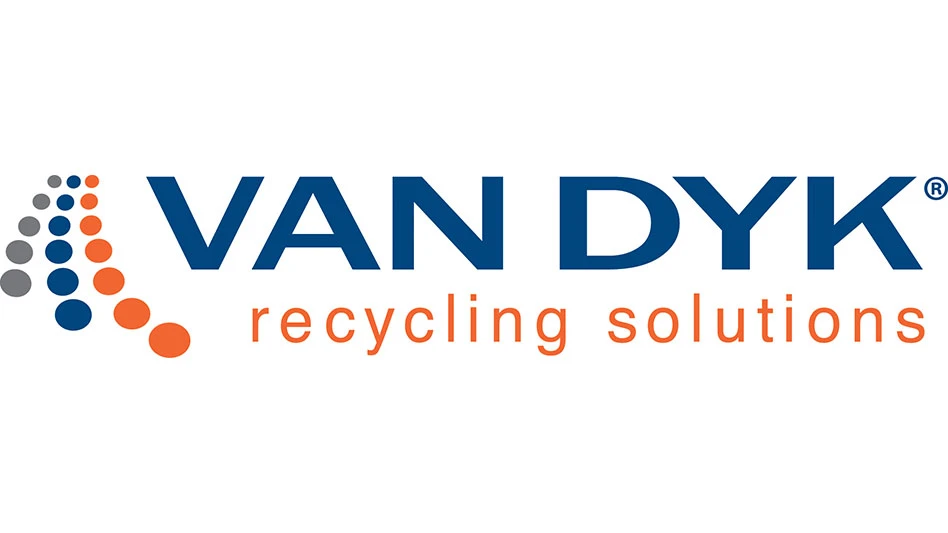Presenters from a host of nations provided insight into approaches being taken in their home countries as part of the Electronics Recycling Asia event, held in mid-November 2013 in Singapore.
 |
| Professor Li Jinhui |
Professor Li Jinhui of Tsinghua University of China told delegates that some 780 million computers, televisions and appliances were sold in China in 2012. “We have great pressure to deal with e-waste,” he remarked.
He said the Chinese government has begun charging advance recovery fees (ARFs) when televisions and computers are sold and also has been licensing and permitting electronics recycling facilities. Operators of these facilities, “if they are qualified,” can receive funding to buy processing equipment, said Li.
More of these types of investment will be needed, according to Li, who said the country still has “insufficiently deep recycling capacity” to handle printed circuit boards, batteries, black plastic, cathode ray tube (CRT) glass and other potentially hazardous items.
Shu Zhong of WorldScrap.com, Ningbo, China, described his company’s online system to connect buyers and sellers of recyclables at www.WorldScrap.com. He added that his company has a line of equipment featuring “affordable” shredding and low-capacity smelting units.
Presenter Bert Vonkeman of Netherlands-based Foundation Powertools Recycling described his organization’s efforts to collect and recycle power tools and lawn and garden equipment.
Using advertising and increased collection points, the organization has grown from collecting 917 tons of obsolete tools in 2003 to 2,375 tons in 2012. The foundation has avoided insisting on trading “old-for-new” trade-in systems, said Vonkeman. “People don’t like the old-for-new rule; they prefer to be anonymous,” he remarked.
John Gertsakis of Infoactiv Group Pty Ltd., Box Hill, Australia, provided the history of that nation’s product stewardship system for computers and televisions, which was enacted in 2011. The system distinguishes between collectors and processors and is funded by OEM brand owners and electronics retailers using a formula based on unit sales.
Gertsakis said the system was created with the bipartisan support of Australia’s major political parties after receiving input from stakeholders including OEMs, recyclers, non-governmental organizations, state and local governments and environmental consultants. The same stakeholders are in discussions to determine when and how to expand the system to include DVD players and other types of electronics.
Chris Ryan, president of METech Recycling Inc., Worcester, Mass., provided delegates with an update on the state of electronics recycling in the United States.
Ryan estimated that as many as 1.7 million tons of obsolete electronics are landfilled in the United States each year. He noted that exporting of obsolete electronics also continues, sometimes without regard to whether hazardous or toxic substances are being handled properly in the destination country.
He said generators of electronic scrap should be aware of recyclers who will not allow tours of their facilities, who use stock images on their websites rather than photos of their own plants or who claim to be “EPA-certified,” since the EPA (Environmental Protection Agency) in the U.S. is not a certifying body.
Electronics Recycling Asia 2013 was Nov. 12-15 at the Shangri-La Hotel in Singapore.
Latest from Recycling Today
- Partnership to bring local recycling instructions directly to consumers
- ReMA notes the benefits of recycled materials on America Recycles Day
- Tozero raises 11M euros in seed funding to ramp up battery recycling efforts
- Critical Mineral Consistency Act passes House
- Alberta recycling group selects Diversys to digitize its beverage container recovery program
- Recycling Today Media Group hires Mallory Szczepanski
- Berry increases recycled PE use by 36 percent
- Bower, Varta join forces on AI-powered scanning for consumer batteries





